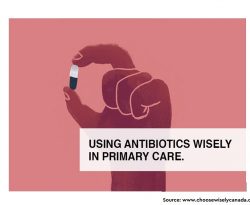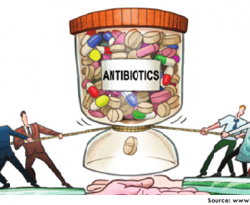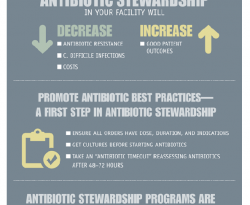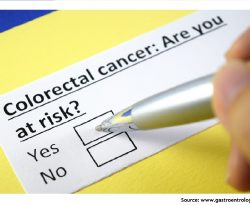Use of e-Newsletter in creating awareness on Antimicrobial resistance
Antimicrobial resistance (AMR) is a big threat worldwide. The key solution is to follow the strategic guidelines proposed in National Action plan. The first strategic objective is to ‘Improve awareness and understanding of antimicrobial resistance’ through communication, IEC resources and education & training. Here, the target audience corresponds to all the…













